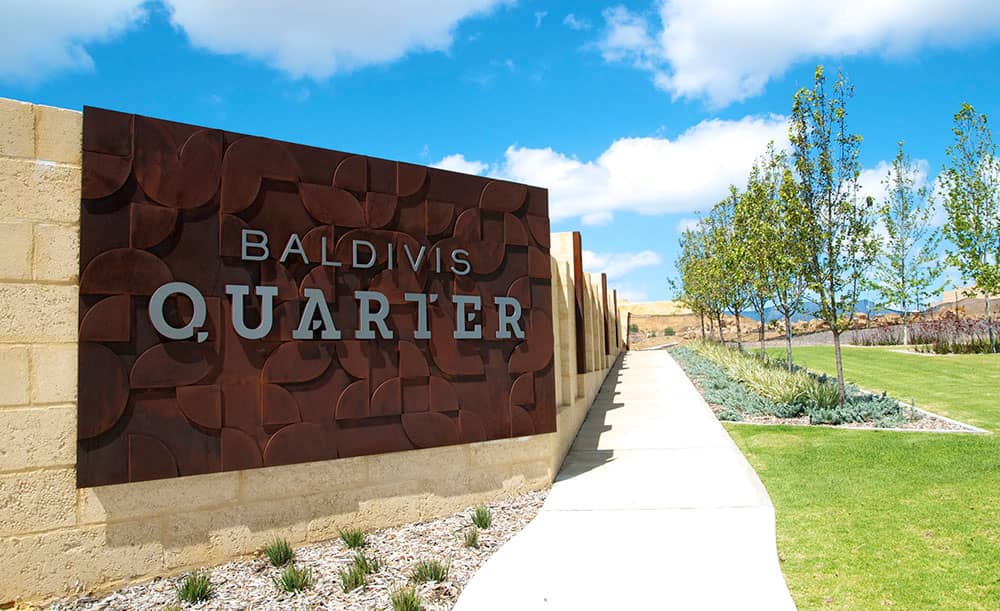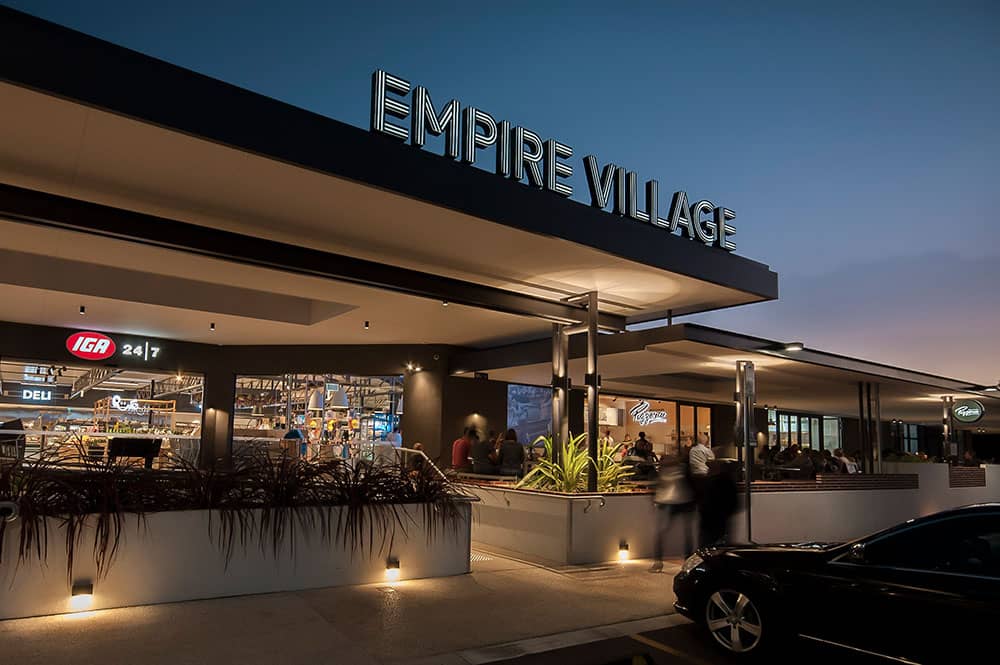Making this happen is both the art and science behind successful wayfinding. When wayfinding is done well, you barely notice it. You see easy-to-read signage or follow environmental guidance like colour changes. If wayfinding is poorly designed, everyone sees it because of the confusion it causes.
Keys to Successful Sign Design
To create helpful wayfinding, well-thought-out signage design principles are vital. Designers must organise and show the relationships between the environment and its various spaces. These connections must be clear, concise, and understandable at a glance. Additionally, the design must incorporate elements of universal design. These should be to the extent that all persons, regardless of ability, can independently navigate the surroundings with confidence.
When designing with wayfinding in mind, there are many points to consider. The process is more involved than many people realise. This guideline can provide the tools necessary for brilliantly successful wayfinding.
What is the Purpose of Wayfinding?
Wayfinding design aims to create a space that allows visitors to use the information provided to navigate from their current location to their desired destination, even if they are unsure of where the destination lies. The term for this objective is navigability.
Three criteria are used to determine if individuals can successfully navigate a space. Creating a space that gives people what they need to answer yes to these questions means successful navigability.
-
- Can an individual determine their present location?
- Is the person able to find a route to their desired destination?
- Will the person remember how to navigate the space based on the information they experienced?
Design Principles Used to Achieve Wayfinding
There are a number of signage design principles vital to successful wayfinding, and each one helps to create an informed design that can be universally navigated.
- Give all locations a unique identity to separate them from other areas. For example, in a hospital, the emergency department could have a specific colour visible throughout, as well as signs. Likewise, different departments can have department-specific colour coding carried through in signage.
- Give paths clear structure – People quickly become frustrated when their path seems to blend in with others. Added signs to ensure people are still heading in the right direction are helpful, as are physical barriers like furniture, planters, or decorative-looking railings.
- Use different visual cues to create regions – Typography and graphical cues can help provide an impact. The pediatric department could have bold typography and cheerful characters, while a surgical waiting room might have muted colours, comfortable sofas, and a vending area.
- Limit navigation choices – Your building likely has a few routes that lead to the same destination. Post clear directional cues for ONE option. Otherwise, confusion can occur.
- Make maps available – Posting large maps that show a building layout and mark the present location is helpful. However, hand-held maps are convenient and reassure visitors they are on the right track. This also allows for heads-up mapping, this refers to the practice of orienting wayfinding maps in the direction of travel. This means that the map is positioned upright, aligned with a suitable walking route environment. Unlike traditional North-up maps, heads-up maps make navigation easier by ensuring that features located at the top of the map correspond to what lies ahead on the actual route. This intuitive arrangement helps users quickly understand and follow the map.
- Post signs at areas where directional decisions are made – Lable all areas where choices must be made, especially if the destination is not apparent. For example, a hospital’s cafeteria is in the basement. However, directional signs point visitors down a long corridor to a dead end. A nurse’s station is on the right. Patient rooms are towards the left, and straight ahead are elevators. Without a sign explaining that people must take the elevator to the basement to reach the cafeteria, those unfamiliar with the hospital would be lost and confused.
- Provide sight lines – A view that shows people what lies ahead is helpful. Sight lines reassure people that they have not missed their intended location.
Best Use of Signage
Signage is a common factor in all wayfinding design principles. In order to ensure your wayfinding is discernable and valuable, you must focus on the principles that create clear and informative signs.
Three Vital Sign Design Principles
- Contrast to Make Your Sign Standout – Contrasting colours are used in numerous ways throughout the world. Signage is more complex, but the basic idea is to make your words stand out from your background. A black sign with navy blue letters is quite difficult to read, but put white or yellow letters against a black background, and the words pop out at those looking at the sign. The light and dark contrast is one of the simplest to achieve and will enhance usability for those visually impaired.
- Hierarchy Shows Order of Importance – Guide the reader through the sign so it makes sense. If an element is more essential than others, use a larger font or contrasting colour so it is noticed, this is a simple way to help guide readers. A collection of words that are the same size tend to run together.
- Readability Helps People Understand Signs – The third principle of signage design is readability. Several factors influence how readable a sign is, and these include:
- Typeface Selection – Just as the size of the font you use matters, the font style dramatically impacts how well you communicate your message to readers. Simple fonts tend to be easiest to read, especially from a distance. You may be fond of a swirling script, but it will be difficult, if not impossible, for visitors to read from a distance.
- Space – You may believe your sign needs to be filled with as much information as possible on the page. However, cluttered signs are challenging to read from any distance. Embrace the empty spaces on your sign as long as all of the crucial material is present.
- Letter Case – Using all capital letters might sound like the best idea for a readable sign. Unfortunately, all uppercase letters tend to have the opposite effect. Using uppercase letters to call attention to a single word is a good idea when kept in check.
- Font Height – It is easy to get font height wrong. You must ensure your words can be seen from a distance yet still fit on your sign without cluttering.
- Consider sign placement- This will have an impact on elements like font height and colour choices.
- Creativity with colour is situational- Are your wayfinding signs for the local children’s museum or an airport concourse? You want your signs to stand out but still fit the location and purpose.
- Continuity of purpose- While your wayfinding signs need to be noticeable, maintain the overall feeling for the environment through a consistent design language. This includes how the sign looks as well as the emotions it evokes.
The work of wayfinding design is gratifying and challenging. Many businesses do not have the time or the staffing to take on this vital task. If this sounds like you, consider working with a group of experienced consultants with proven track records. To learn more about what Publik can do to enhance the visitor experience at your site, reach out to us and allow our group of thinkers and makers to take your signage to the next level.


